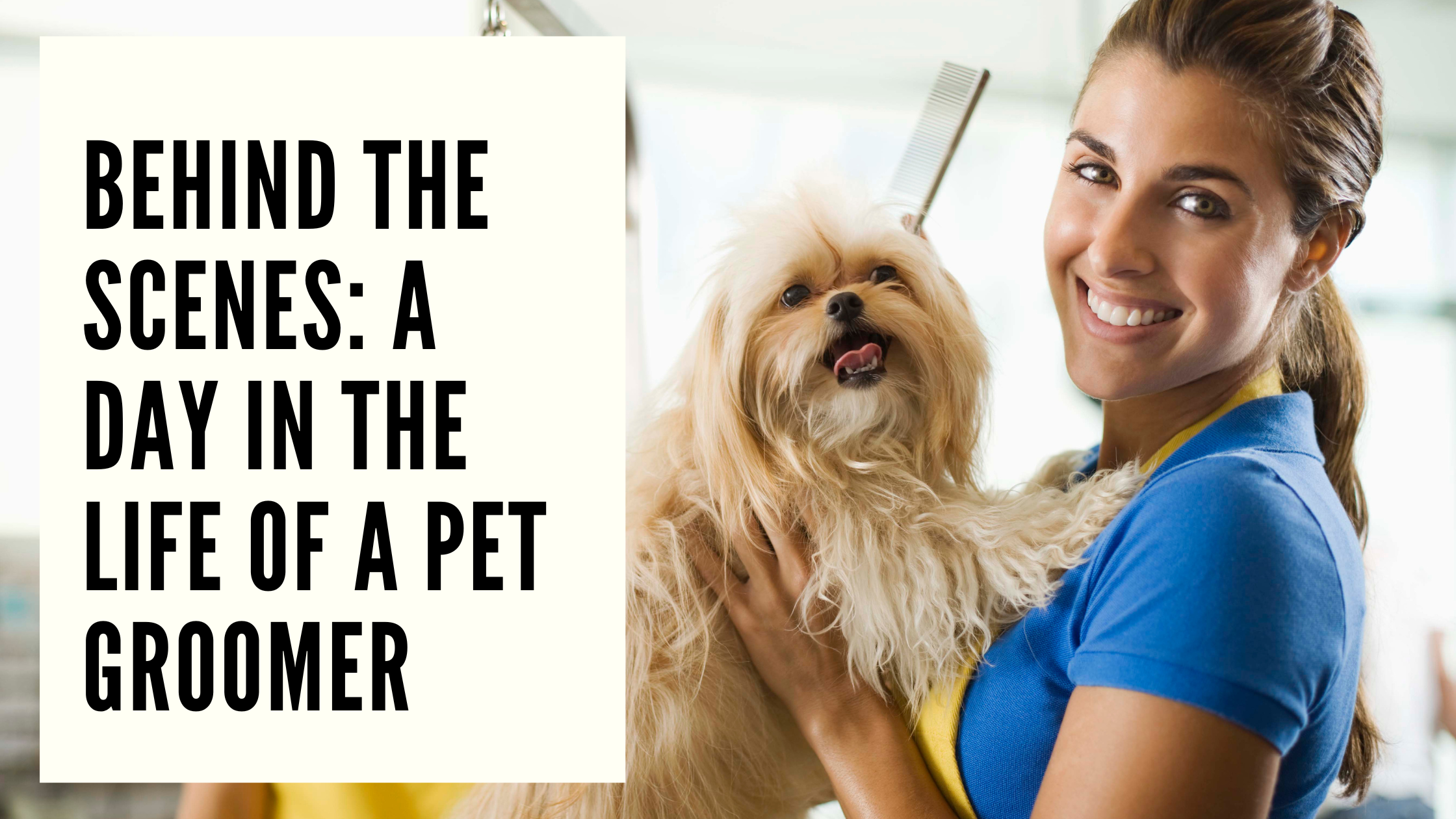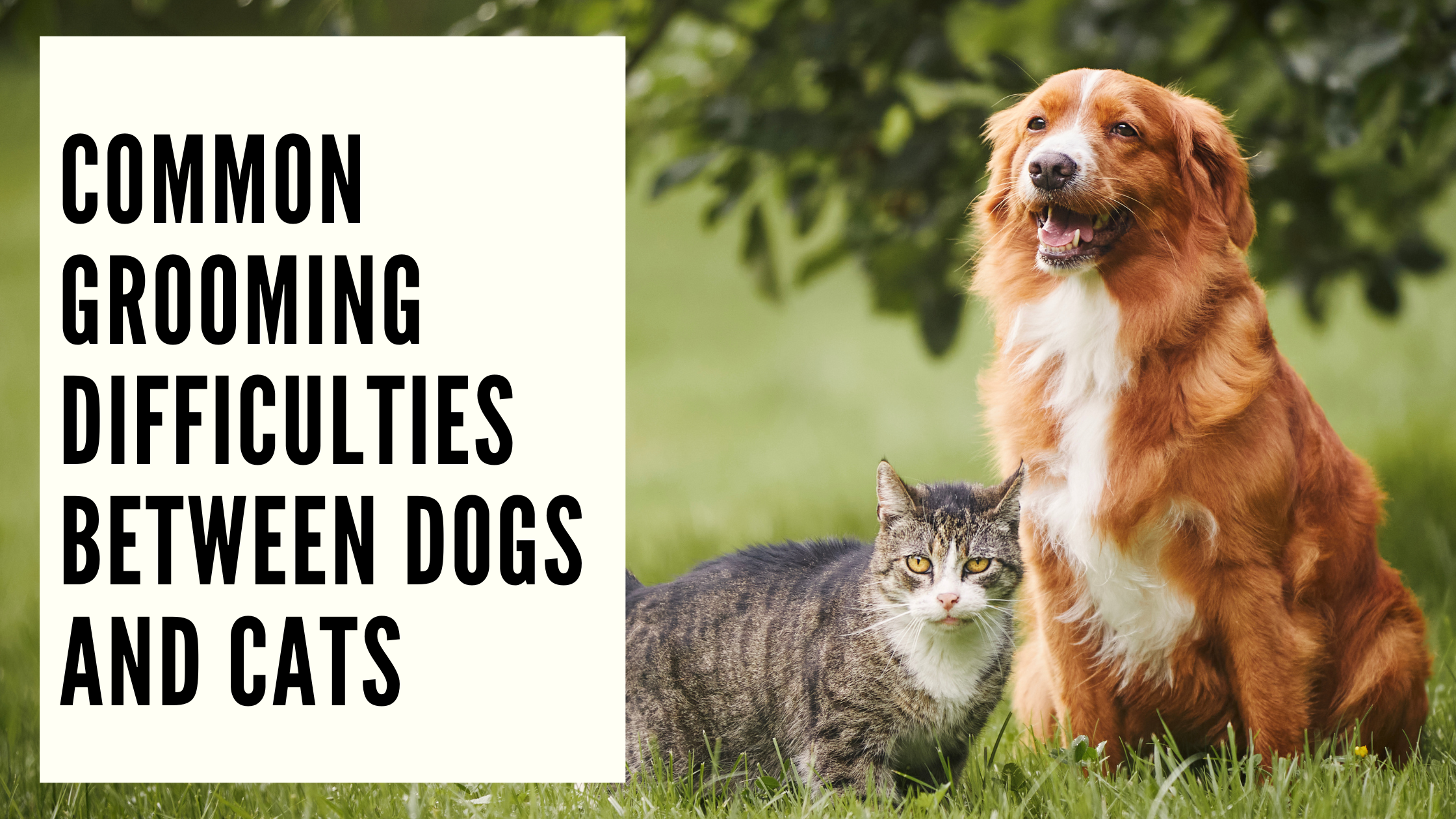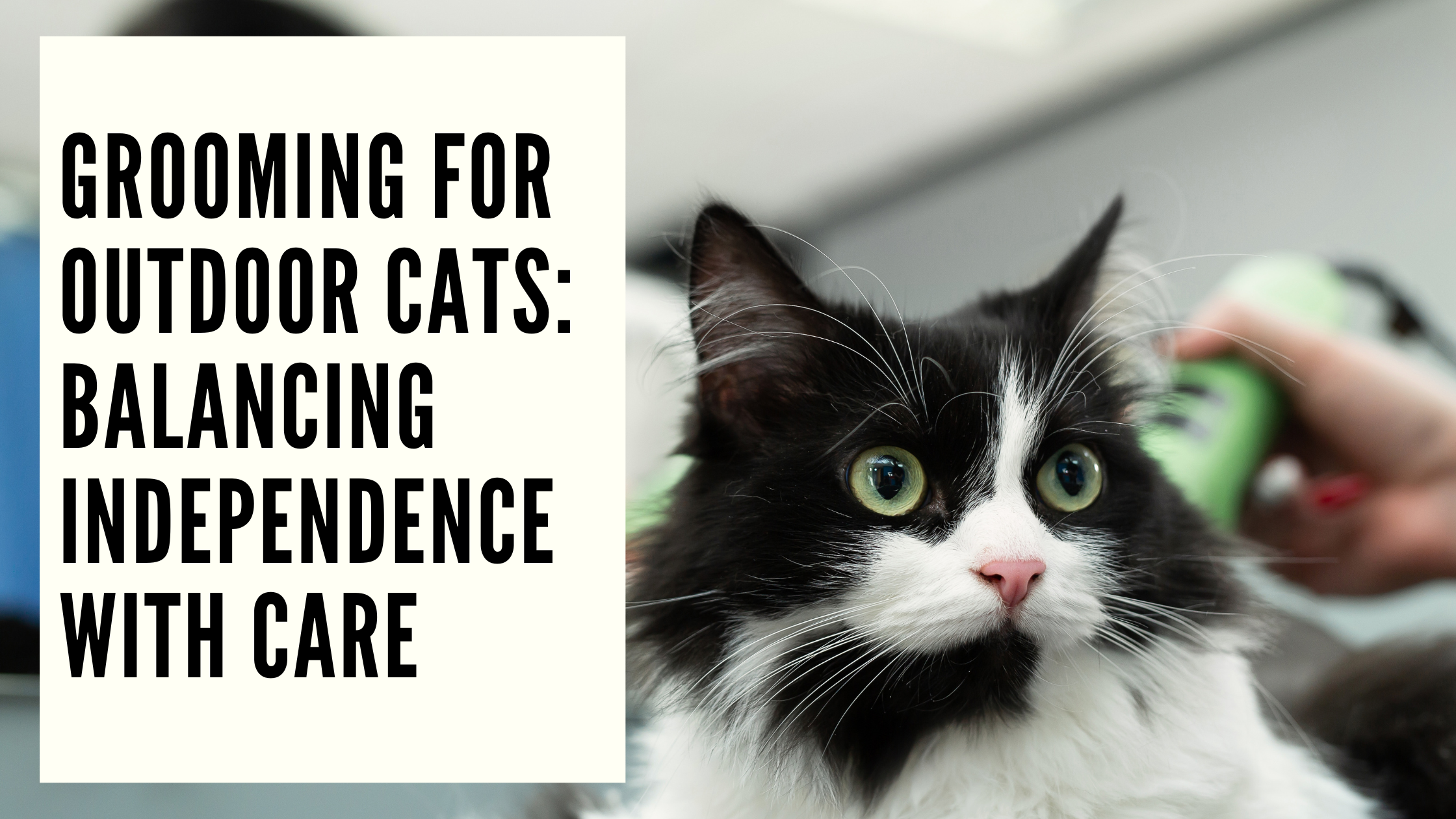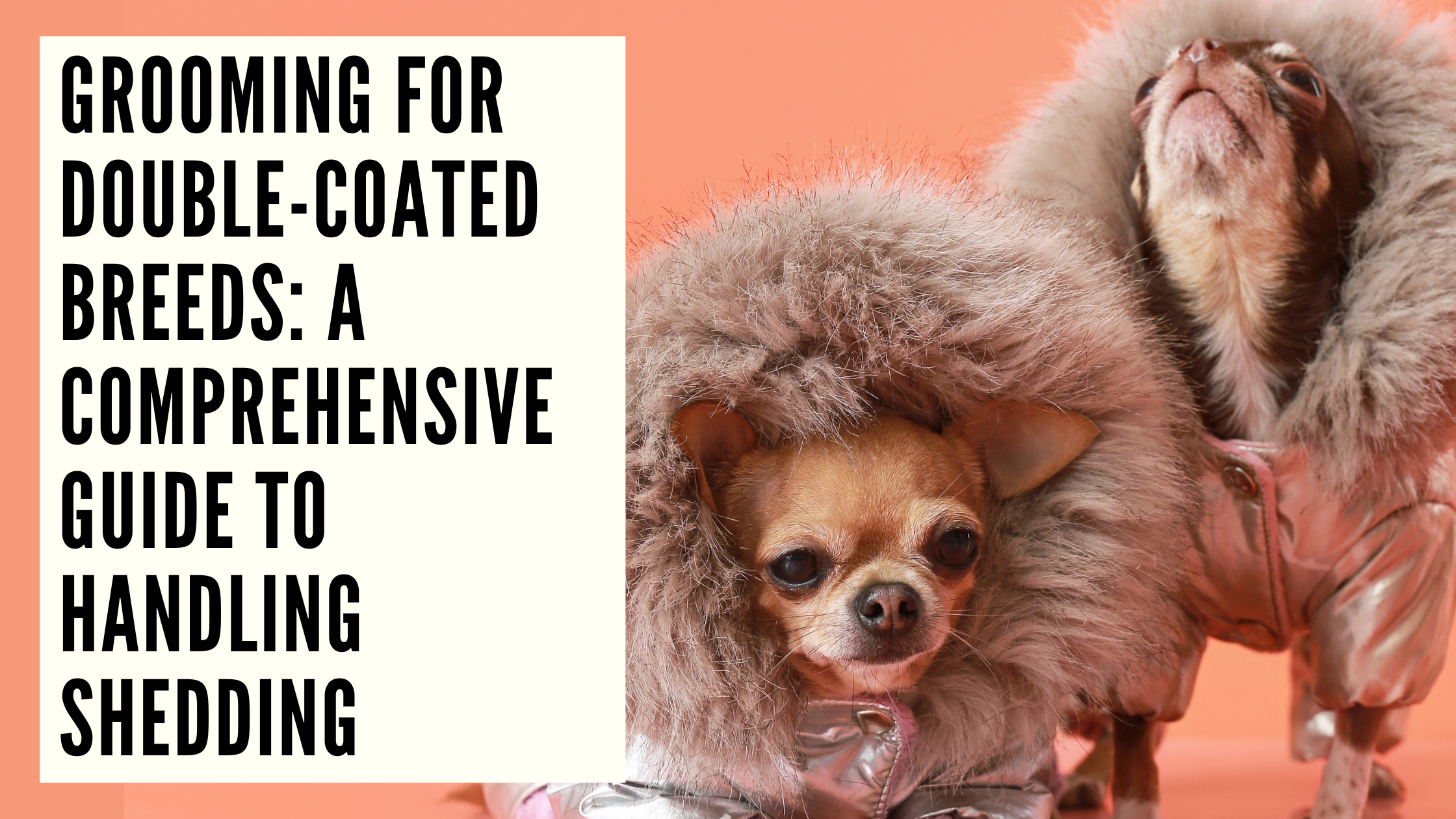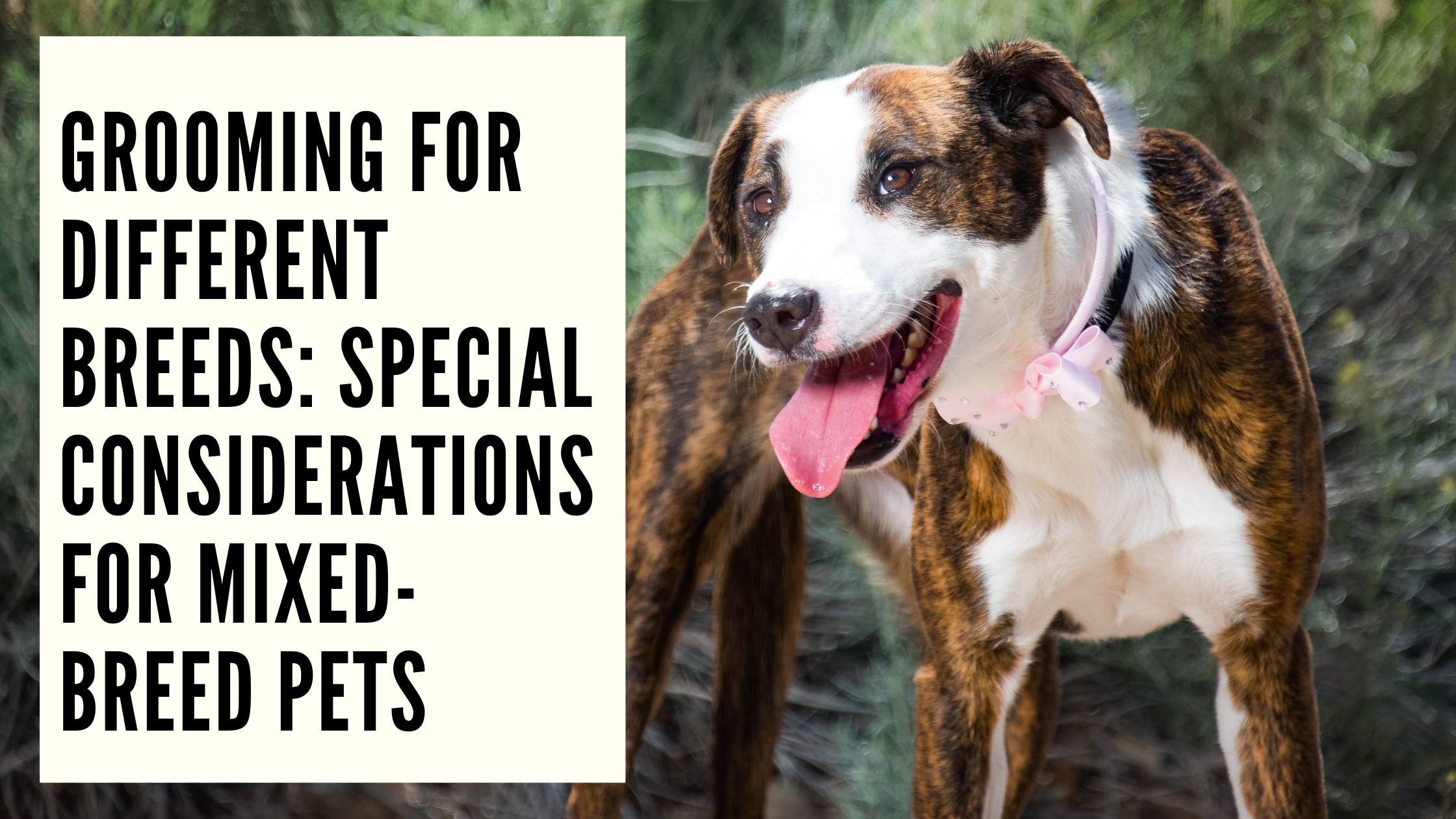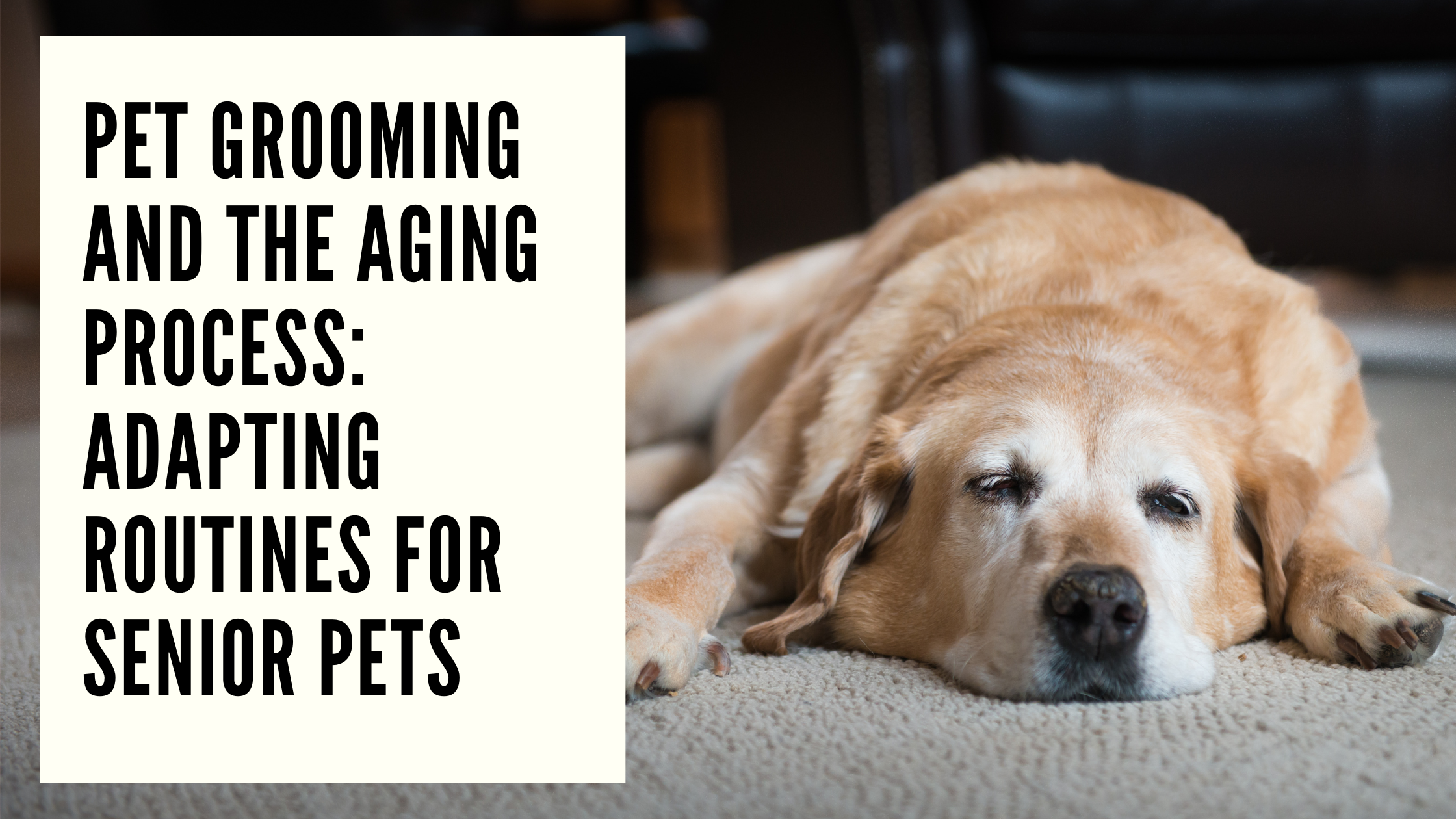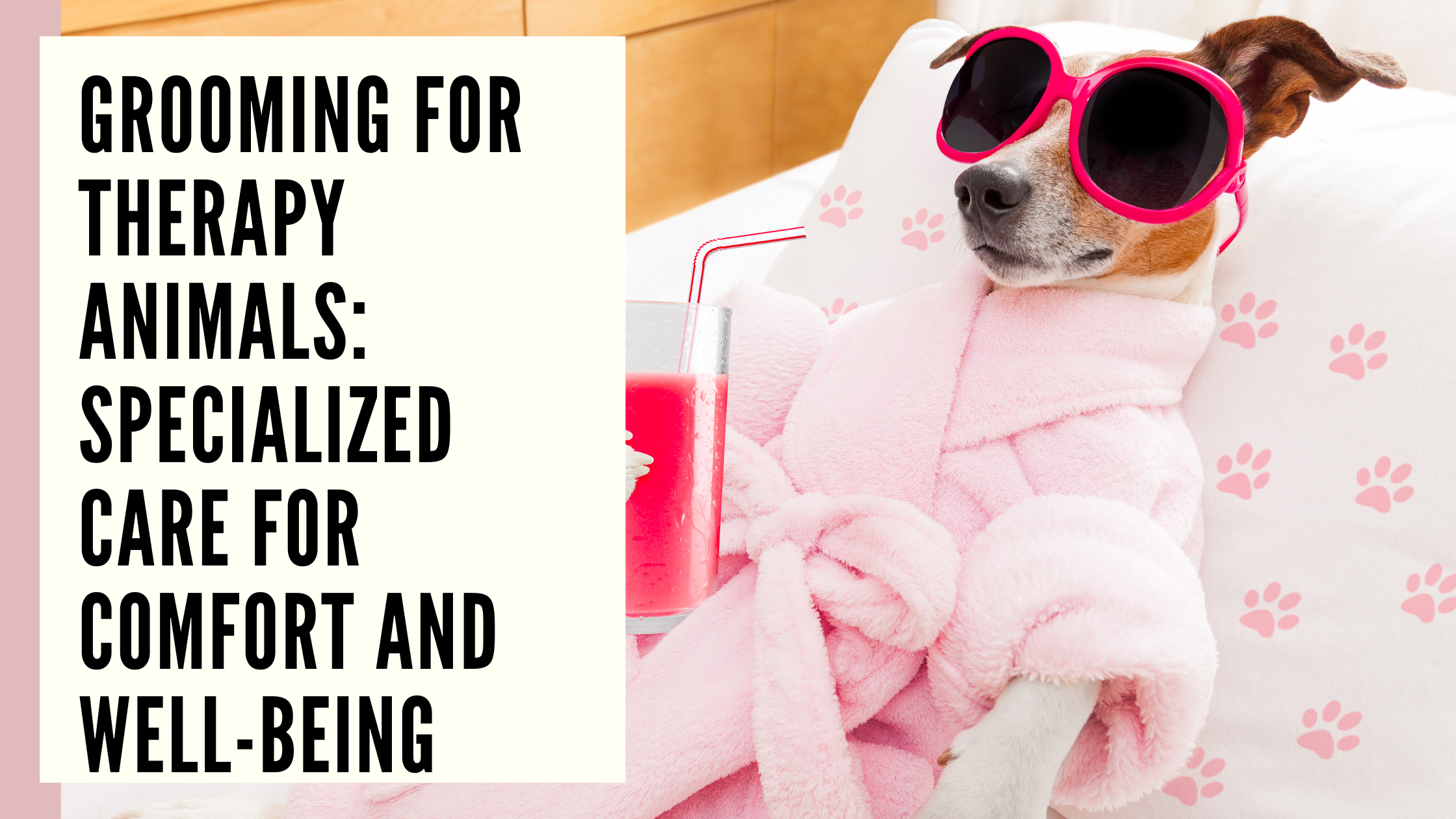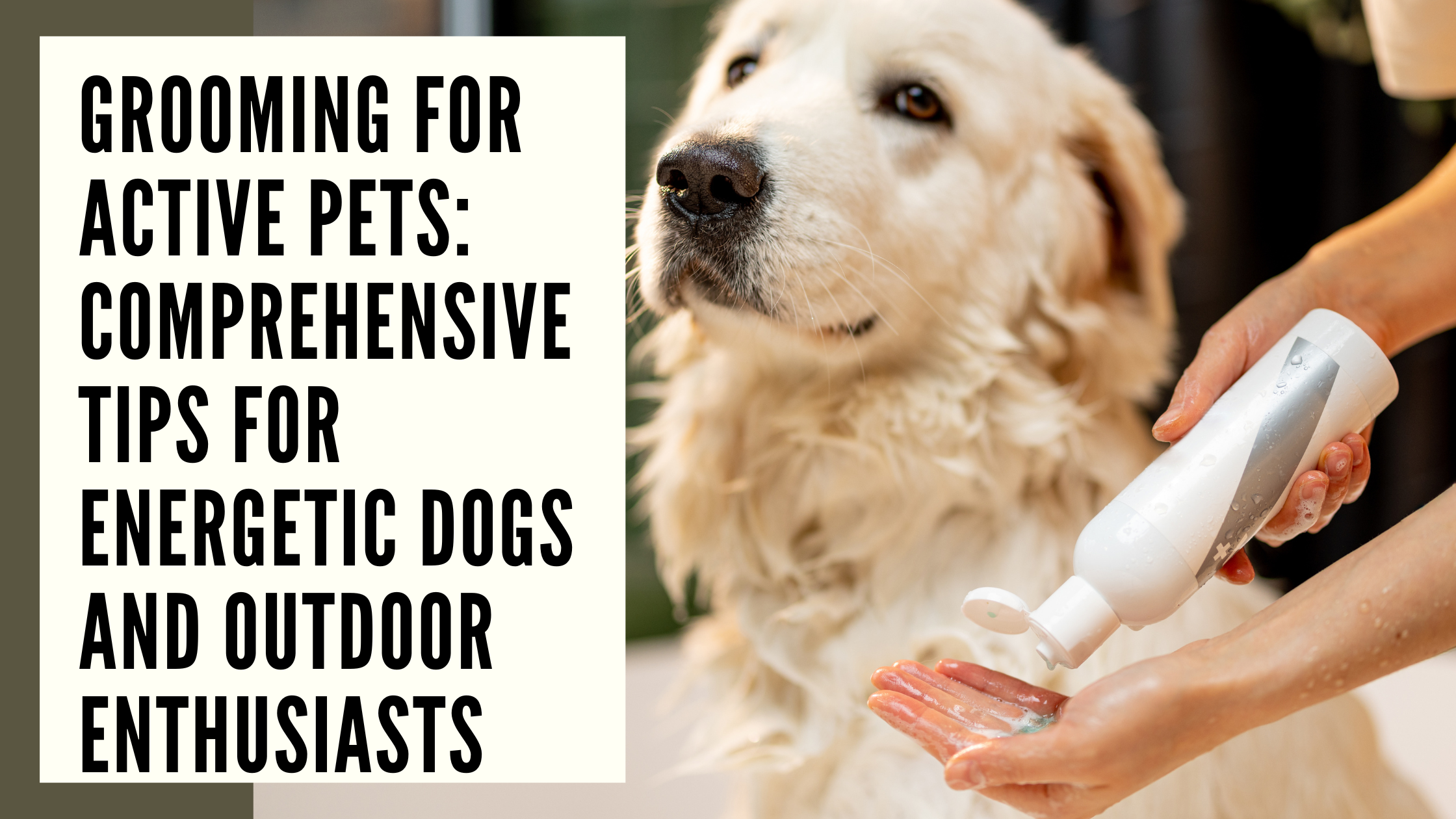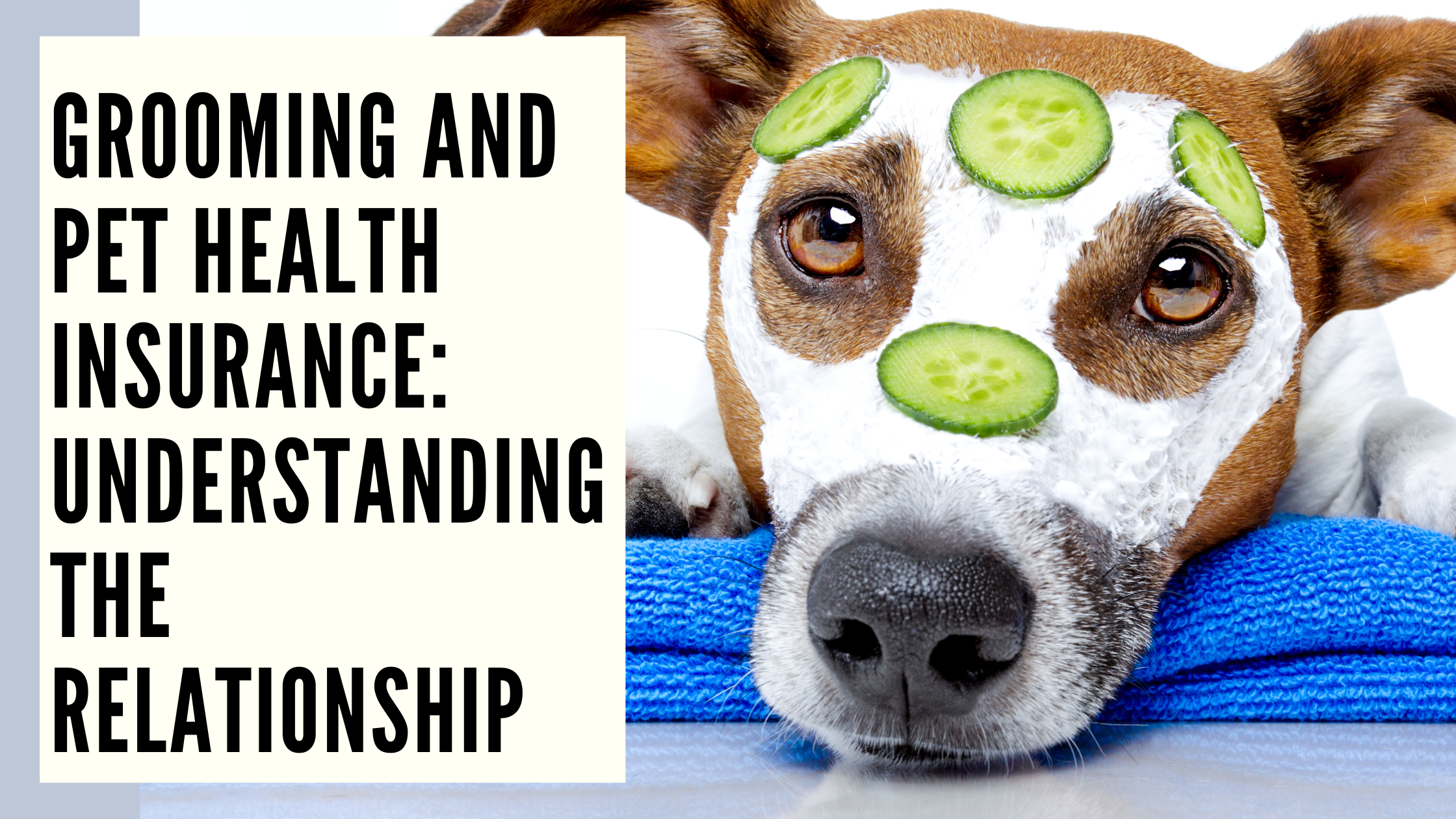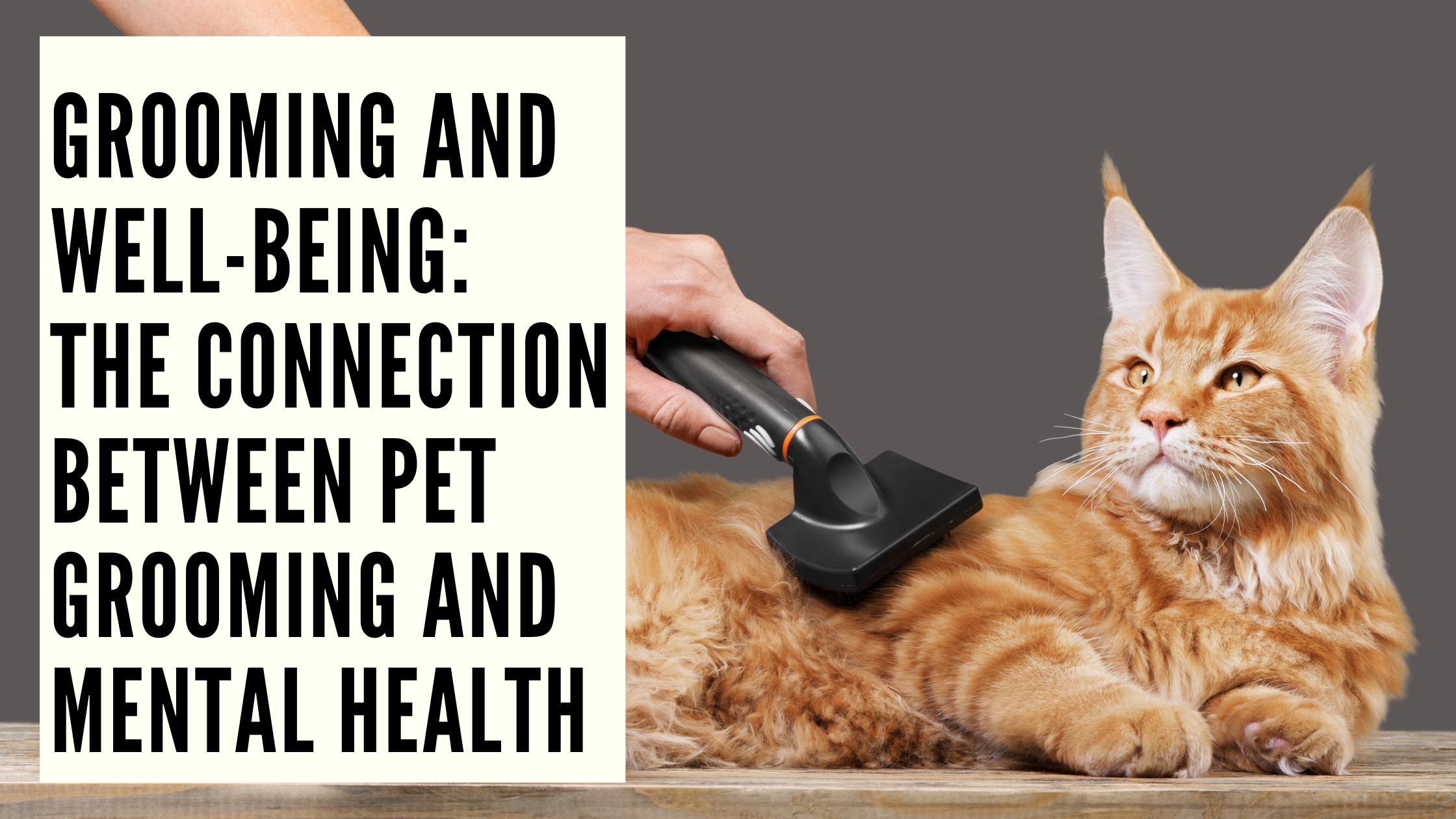Behind the Scenes: A Day in the Life of a Pet Groomer
Pet grooming is an art and a science rolled into one, requiring a unique blend of skills, patience, and compassion. In this detailed exploration, we delve into the intricacies of a pet groomer’s daily routine, shedding light on the behind-the-scenes magic that keeps our furry friends looking and feeling their best.
Introduction to Pet Grooming
Pet grooming is far more than just a cosmetic endeavor; it’s an essential aspect of pet care that contributes to their overall health and well-being. Regular grooming helps prevent skin issues, matting, and discomfort, while also allowing groomers to spot potential health problems early on. The role of a pet groomer extends beyond mere aesthetics; it’s about nurturing the bond between pets and their owners and ensuring that every pet leaves the salon feeling refreshed and rejuvenated.
Morning Preparations
The day begins bright and early for pet groomers as they prepare to welcome a furry parade of clients. From setting up grooming stations to ensuring that all tools and equipment are sanitized and ready for use, meticulous attention to detail is key. Groomers also take the time to review appointments, familiarizing themselves with each pet’s unique needs and any special requests from their owners.
Greeting and Assessing Pets
As pets and their owners trickle in, groomers extend a warm welcome, putting both pets and owners at ease. The initial greeting sets the tone for the grooming session, fostering trust and rapport between groomer, pet, and owner. Groomers conduct a thorough assessment of each pet’s coat, skin, and overall condition, noting any areas of concern or special requirements.
Bathing and Drying
With the preliminaries out of the way, it’s time for the main event: the bath. Groomers carefully select the appropriate shampoo and conditioner for each pet, taking into account factors such as coat type, skin sensitivities, and any underlying dermatological issues. A gentle massage and thorough rinse leave pets feeling refreshed and revitalized, ready for the next stage of the grooming process.
Brushing and Detangling
For pets with long or dense coats, brushing is more than just a luxury; it’s a necessity. Groomers employ a variety of brushes and combs to gently remove mats, tangles, and loose fur, promoting healthy circulation and preventing painful skin conditions. Each stroke of the brush is a labor of love, aimed at keeping pets looking and feeling their best.
Nail Trimming and Ear Cleaning
Nail trimming can be a daunting task for both pets and groomers alike, but it’s an essential aspect of pet care that cannot be overlooked. Groomers approach this delicate task with patience and precision, ensuring that nails are trimmed to the appropriate length without causing discomfort or injury. Ear cleaning is another crucial step, helping to prevent infections and keep pets’ ears clean and healthy.
Haircut and Styling
With the groundwork laid, it’s time to unleash the creative flair of the pet groomer. Whether it’s a breed-specific cut, a stylish trim, or a whimsical design, groomers work their magic to bring each pet’s unique personality to life. From precision scissoring to intricate clipping, every snip and shave is executed with skill and artistry, resulting in a masterpiece that both pet and owner can be proud of.
Final Touches and Finishing
As the grooming session draws to a close, groomers perform a final inspection, ensuring that no detail has been overlooked. Any stray hairs are tidied up, and finishing touches such as bows, bandanas, or fragrance spritzes are added for that extra touch of flair. It’s these small gestures that elevate the grooming experience from mundane to memorable, leaving pets looking and feeling their absolute best.
Clean-up and Sanitization
With the pet looking pristine and pampered, it’s time to turn attention to the salon itself. Groomers meticulously clean and sanitize all grooming tools and equipment, ensuring a hygienic environment for both pets and staff. Hair clippings are swept away, and surfaces are wiped down, leaving the salon sparkling clean and ready for the next round of furry visitors.
Client Interaction and Feedback
Throughout the grooming process, groomers maintain open lines of communication with clients, keeping them informed of their pet’s progress and addressing any concerns or questions they may have. After the grooming session is complete, groomers solicit feedback from clients, seeking ways to improve and enhance the grooming experience for future visits.
Handling Difficult Situations
Despite their best efforts, groomers may encounter challenging situations, such as anxious or aggressive pets. In such cases, groomers rely on their training and experience to handle the situation calmly and professionally, prioritizing the safety and well-being of both the pet and themselves. Patience, compassion, and a gentle touch are the hallmarks of a skilled pet groomer.
Continuing Education and Professional Development
In an ever-evolving industry, staying abreast of the latest trends, techniques, and technologies is paramount. Pet groomers invest time and resources in continuing education and professional development, attending workshops, seminars, and trade shows to expand their knowledge and skillset. By staying ahead of the curve, groomers ensure that they can provide the highest level of care and service to their furry clientele.
Passion for Pets
At the heart of it all, pet grooming is fueled by a deep passion for animals and a genuine desire to make a positive difference in their lives. Groomers forge special bonds with their furry clients, earning their trust and affection with each grooming session. It’s this emotional connection that sets pet grooming apart from other professions, infusing every interaction with love, empathy, and devotion.
Challenges and Rewards
Make no mistake; pet grooming is not without its challenges. From dealing with difficult pets to managing the physical demands of the job, groomers must possess a unique blend of skills and qualities to succeed. However, the rewards far outweigh the challenges, with each wagging tail and satisfied customer serving as a reminder of the profound impact groomers have on the lives of pets and their owners.
Conclusion
In conclusion, a day in the life of a pet groomer is a whirlwind of activity, filled with challenges, triumphs, and heartwarming moments. From the early morning preparations to the final flourish of the grooming brush, groomers pour their heart and soul into their work, ensuring that every pet leaves the salon looking and feeling their absolute best. It’s a labor of love that brings joy and fulfillment to both groomers and their furry clientele, cementing their role as unsung heroes in the world of pet care.
You May Also Read : Grooming Etiquettes
FAQs
1. Is pet grooming only about making pets look good?
No, pet grooming is also essential for maintaining their health and well-being. It helps prevent matting, reduces shedding, and promotes healthy skin and coat.
2. How often should I groom my pet?
The frequency of grooming depends on your pet’s breed, coat type, and lifestyle. In general, most pets benefit from regular grooming sessions every 4-6 weeks.
3. What if my pet is nervous or anxious during grooming?
Groomers are trained to handle anxious pets with care and patience. They use gentle techniques and may recommend strategies to help your pet feel more comfortable during grooming.
4. Can I request a specific style or cut for my pet?
Absolutely! Groomers are happy to accommodate your preferences and tailor the grooming experience to suit your pet’s individual needs.
5. How can I find a reputable pet groomer in my area?
Ask for recommendations from friends, family, or your veterinarian. You can also research online reviews and visit grooming salons to meet the staff and see the facilities firsthand.
